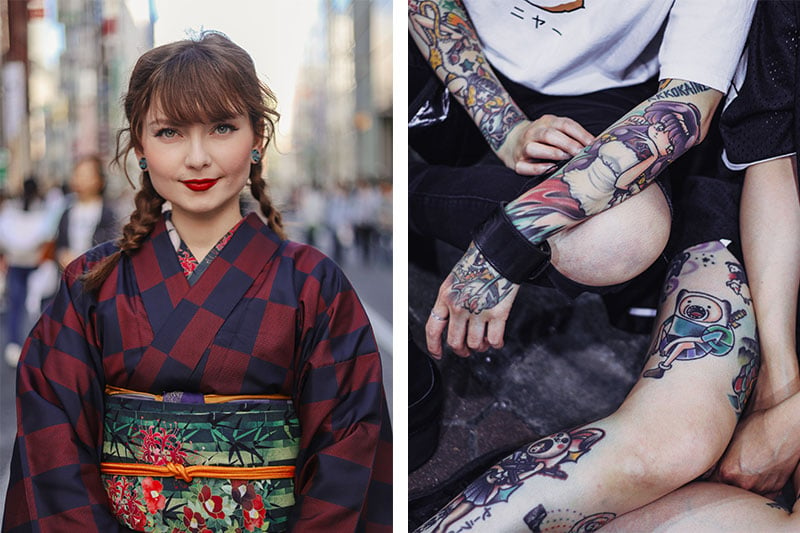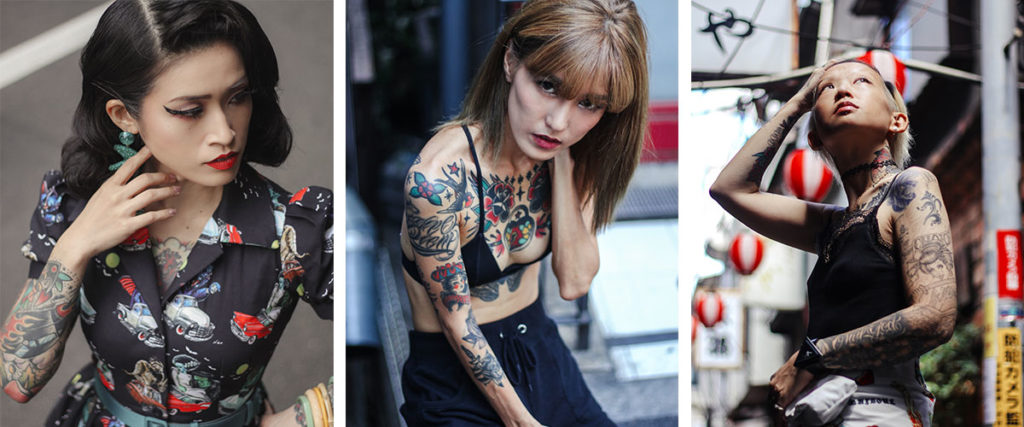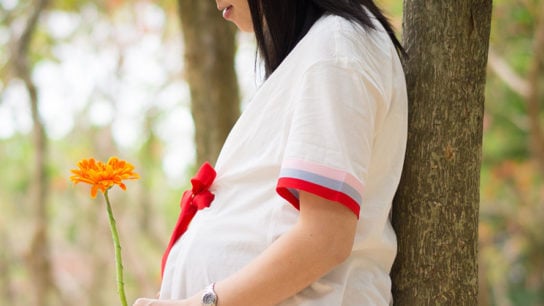Photographer Stasia Matsumoto discusses photography project #TattooGirlsJP and the deep-rooted stigma that surrounds tattoos in Japan.
Originally from Poland, Stasia Matsumoto has been living in Japan since 2012. After graduating with a degree in Asia Pacific Studies from the University of Leeds, she visited Japan for the first time and ended up staying for 8 years, having since established INKIMONO, a business offering personalised kimono styling and photoshoots. In May 2018, driven by a desire to tackle the stigma surrounding tattoos in Japan, Stasia launched a photography project entitled #TattooGirlsJP to showcase tattooed women and their stories. We at Hive Life sat down with her to discuss the project, the inspiration behind it, and the cultural taboo shrouding tattoos in Japan.

What inspired you to create #TattooGirlsJP?
Tattooed women aren’t shown in the Japanese media. You won’t see tattooed actresses, models, entertainers, comedians, so people often think that they don’t exist. Or, if they do, they’re from a certain demographic of women who tend to have a bad reputation because it’s often thought that if you have a tattoo, it’s impossible for you to get a proper job. I used to work at a tattoo shop in Tokyo, so I’ve seen many tattooed women of all ages and professions. During my training days, I learned that there are many different reasons why women decide to get tattooed and I heard a lot of great stories from women of all ages and backgrounds about their lives and their struggles. I wanted to show that they do, in fact, exist and lead normal lives; I wanted to fight the many misconceptions and stereotypes Japanese society has against tattooed women.
What was the process like, from recruiting to actually shooting?
I would search for models on social media. I thought that if they felt comfortable posting about their tattoos on their social media, they might be comfortable sharing their stories with me and letting me take photos of them. After my work was featured in Tokyo Weekender, an English magazine in Tokyo, I got some private messages asking to be part of my project. When I’m shooting, I only ask general questions. If they decide to share some more, then they will share more, but if they don’t give detailed or elaborate answers, that’s fine too. I don’t ask or do anything that would make them feel uncomfortable because I’m looking for real stories, not a cheap sensation – I just want to show people as they are.

What’s been your biggest takeaway from the project?
Ever since I started the project, I’ve gotten many comments thanking me because tattooed women in Japan are never seen in the media. People appreciate seeing this part of Japan that is rarely focused on – it’s something new, something special, and a glimpse into a new world. I was surprised! I never did it for comments or likes, but I was happy to see that my work is appreciated.
Having met tattooed women from all kinds of backgrounds of all ages, I’ve found that although all the stories are different, what they all have in common is the courage to reject the image that Japanese society has for women. The biggest takeaway, I think, is their way of life – it’s important to do what’s right for you, rather than trying to fit in society, because ultimately, it’s your life, not anybody else’s.
Any future plans for #TattooGirlsJP?
It’s currently on hold because I’m focusing on my business, but I definitely want to continue with the project. Maybe one day, it’ll get big enough for me to make a photo book out of it – that’s something I would really love to see.
You can find more information on Stasia’s photography and the #TattooGirlsJP project on her Instagram.
Related Articles
The Female Tattoo Artist Transforming Vietnam’s Burgeoning Tattoo Scene





